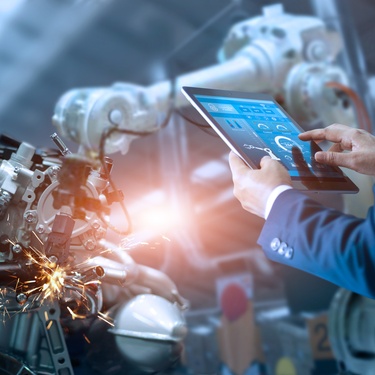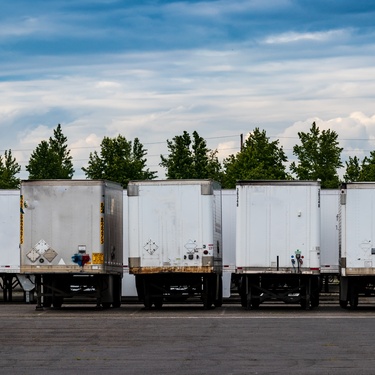
Automation is no longer just a buzzword in the industrial world; it has become a vital necessity for modern manufacturing and production processes. From streamlining operations and increasing efficiency to reducing errors and cutting costs, facilities are increasingly integrating advanced technologies such as robotics, IoT, and AI-driven systems to stay competitive in a rapidly evolving market.
Keep reading as we explain why industrial facilities are investing in automation and how these innovations are reshaping the landscape.
1. Increased Efficiency and Productivity
One of the most immediate benefits of automation is how it accelerates productivity. Automated systems can handle repetitive tasks with precision and endurance that surpass those of manual labor. This allows companies to produce more in less time while ensuring high-quality standards.
For example, automatic stretch wrapping enhances productivity by reducing the time spent on manual wrapping while ensuring consistency in packaging quality, allowing workers to focus on higher-value responsibilities.
2. Cost Savings Over Time
Although the initial investment in automation technology can seem substantial, the long-term benefits far outweigh the costs. Automated machines reduce human error by providing consistent performance, minimize waste through precise operations, and lower labor costs by automating repetitive tasks.
When operating continuously and efficiently, these systems help save money while offering a significant return on investment, leading to increased productivity and competitiveness in the market.
3. Enhanced Workplace Safety
Industrial settings often present various risks, particularly when handling hazardous materials such as chemicals, toxins, or radioactive substances. Physical demands, such as heavy lifting and repetitive motions, also add to these hazards. Robotic arms, for example, can perform tasks in inhospitable conditions, such as extreme heat, cold, or toxic atmospheres, reducing potential harm to workers and increasing efficiency and precision in operations.
4. Real-Time Data and Quality Control
Today’s automated systems feature advanced sensors like temperature, pressure, and motion detectors, combined with sophisticated AI algorithms that facilitate real-time data collection and analysis. This extensive data gathering enables the tracking of performance metrics, the swift detection of potential problems or malfunctions, and the maintenance of higher quality at every stage of production. By detecting errors instantly, companies can address issues before they escalate, reducing waste and avoiding costly defects.
5. Flexibility To Meet Market Demands
Modern automation technology quickly responds to evolving market demands, allowing businesses to adapt swiftly to changing conditions. It enables rapid scaling of production, whether increasing output to meet high demand or transitioning to entirely new products without incurring substantial delays or expenses. By leveraging such advanced systems, companies can meet customer needs more effectively while minimizing downtime and reducing costs.
6. A Competitive Advantage
Automation enables companies to innovate and adapt quickly in competitive markets. By investing in robotics, AI, and process automation, facilities can cut turnaround times, ensuring faster delivery and improved customer satisfaction. These tech upgrades also promote efficient, sustainable operations by reducing waste and conserving resources. Overall, they help companies lead the industry, supporting long-term growth and resilience.
Automation is revolutionizing industrial operations, driving efficiency and enhancing safety across facilities. Streamlining processes and reducing risks helps businesses remain competitive in an evolving market. As industries look toward the future, automation has become a critical investment for sustainability and long-term growth.
Bio: Casey is a passionate copyeditor highly motivated to provide compelling SEO content in the digital marketing space. Her expertise includes a vast range of industries from highly technical, consumer, and lifestyle-based, with an emphasis on attention to detail and readability.



















